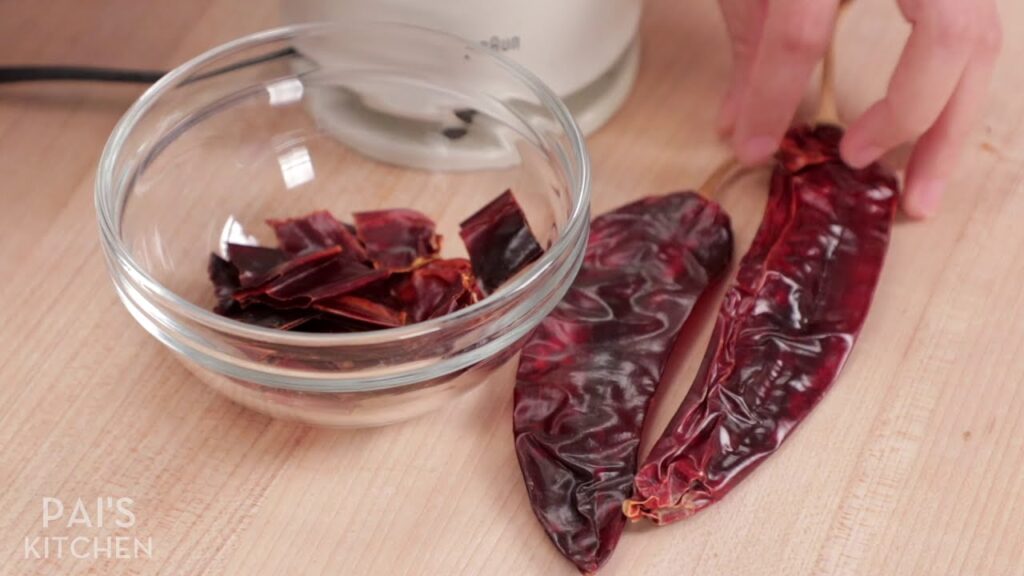Indonesia is a country known for its rich and diverse culture, including its cuisine. With over 17,000 islands and hundreds of different ethnic groups, it’s no surprise that Indonesian food is a flavorful blend of spices, herbs, and fresh ingredients. One dish that stands out among the rest is rendang, a spicy beef stew that has become a staple in Indonesian households and a must-try for any food lover.
In this blog post, we will dive into the history and origins of rendang, explore its key ingredients, and provide you with an authentic recipe to try at home. We will also discuss the variations of rendang across Indonesia and offer tips for cooking the perfect rendang. Lastly, we will share some pairing and serving suggestions to elevate your rendang experience. So get ready to tantalize your taste buds with the delicious Indonesian delight, rendang.
History and Origins of Rendang
Rendang is believed to have originated from the Minangkabau ethnic group in the West Sumatra province of Indonesia. The word “rendang” comes from the combination of two words, “merandang” which means slow cooking and “randang” which refers to the method of cooking meat until it is dry and dark.
Traditionally, rendang was served during special occasions such as weddings, religious festivals, and other celebrations. It was considered a delicacy and showcased the wealth and status of the host. The slow-cooking process of rendang made it ideal for these occasions, as it could be prepared in large quantities and stored for days without spoiling.
Today, rendang has become a popular dish not only in Indonesia but also in neighboring countries such as Malaysia and Singapore. It has even gained global recognition, with CNN listing it as one of the “World’s 50 Best Foods” in 2017.
Key Ingredients for Rendang

Rendang is a complex dish that requires a variety of ingredients to achieve its signature flavor. Here are the key ingredients that you will need to make an authentic rendang:
1. Beef
Beef is the main protein in rendang and is usually cut into small cubes or thin slices. Traditionally, rendang is made with water buffalo meat, but beef is now the most commonly used protein due to its availability and affordability.
2. Coconut Milk
Coconut milk is another essential ingredient in rendang. It adds a creamy texture and balances out the spiciness of the dish. The coconut milk used for rendang is thicker than regular coconut milk, as it is made by squeezing grated coconut meat multiple times instead of just once.
3. Spices and Herbs
The combination of spices and herbs is what gives rendang its distinct taste. The most common spices used include red chilies, garlic, shallots, ginger, turmeric, coriander, and lemongrass. These are usually ground into a paste before being added to the dish.
4. Galangal and Kaffir Lime Leaves
Galangal, also known as Thai ginger, is a root that is similar to ginger but has a citrusy flavor. It is often used in rendang to add a subtle tanginess to the dish. Kaffir lime leaves, on the other hand, add a fragrant aroma and a slightly bitter taste.
5. Kerisik (Toasted Coconut)
Kerisik, also known as grated coconut, is roasted until it turns golden brown and then pounded into a paste. It acts as a thickening agent and adds a nutty flavor to the rendang.
Step-by-Step Recipe for Authentic Rendang

Now that we have covered the key ingredients, let’s take a look at the step-by-step process of making an authentic rendang:
Step 1: Marinate the Beef
Start by marinating the beef with salt, pepper, and a little bit of oil. Let it sit for at least 30 minutes to allow the flavors to penetrate the meat.
Step 2: Prepare the Spice Paste
In a blender or food processor, blend together red chilies, garlic, shallots, ginger, turmeric, coriander, and lemongrass until it forms a smooth paste.
Step 3: Cook the Meat and Spice Paste
In a large pot or wok, heat some oil over medium heat, then add the spice paste and cook for about 10 minutes until fragrant. Add the marinated beef to the pot and stir until it is coated with the spice paste.
Step 4: Add Coconut Milk and Simmer
Next, add thick coconut milk, galangal, kaffir lime leaves, and kerisik to the pot and stir well. Bring the mixture to a boil, then reduce the heat and let it simmer for about 2-3 hours, stirring occasionally, until the sauce has thickened and the beef is tender.
Step 5: Reduce the Sauce
Once the sauce has thickened, continue to cook the rendang over low heat, stirring occasionally, until most of the liquid has evaporated, and the sauce becomes thick and dark.
Step 6: Serve and Enjoy!
Once the rendang is ready, remove it from the heat and let it cool before serving. Rendang is best enjoyed with steamed rice and some fresh vegetables on the side. Garnish with some sliced red chilies for an extra kick of spiciness.
Variations of Rendang Across Indonesia
While the basic ingredients and cooking technique remain the same, rendang can vary in taste and appearance across different regions in Indonesia. Here are some popular rendang variations that you can find in different parts of the country:
1. Padang Rendang
Padang rendang is the most well-known version of rendang, originating from the city of Padang in West Sumatra. It is known for its rich, dark sauce and bold, spicy flavor. The beef is cooked until it falls apart, giving it a melt-in-your-mouth texture.
2. Minangkabau Rendang
Minangkabau rendang is similar to Padang rendang but has a tangier taste due to the addition of asam kandis, a sour fruit, to the dish. It also has a drier consistency compared to Padang rendang.
3. Javanese Rendang
Javanese rendang is milder in flavor compared to its Sumatran counterparts. It uses less coconut milk and fewer spices, resulting in a lighter-colored and less spicy rendang.
4. Balinese Rendang
Balinese rendang is characterized by the use of fresh turmeric, adding a vibrant yellow color to the dish. It also includes ingredients such as tamarind and shrimp paste, giving it a slightly sour and savory taste.
Tips for Cooking the Perfect Rendang
Cooking rendang can be a time-consuming process, but it is well worth the effort. Here are some tips to help you achieve the perfect rendang:
1. Use High-Quality Beef
Using high-quality meat is crucial for a delicious rendang. Choose cuts of beef that are suitable for slow cooking, such as chuck, brisket, or oxtail. This will ensure that the meat becomes tender and falls apart easily.
2. Cook Over Low Heat
Rendang should be cooked over low heat for a longer period to allow the flavors to develop and the sauce to thicken. Cooking over high heat can result in burnt or tough meat.
3. Be Patient
The key to a good rendang is patience. The longer you cook it, the richer and more flavorful it will become. So don’t be in a rush and let the rendang simmer on low heat for at least 2-3 hours.
4. Use Traditional Cooking Methods
While modern rendang recipes may call for shortcuts such as using a pressure cooker, the traditional method of slow-cooking over an open fire or charcoal is what gives rendang its unique smoky flavor.
Pairing and Serving Suggestions
Rendang is a hearty and flavorful dish that pairs well with various side dishes and accompaniments. Here are some suggestions to elevate your rendang experience:
1. Nasi Kuning (Yellow Rice)
Nasi kuning is a fragrant Indonesian rice dish that is cooked with coconut milk, turmeric, and other spices. It is often served on special occasions and makes the perfect pairing for rendang.
2. Sambal (Chili Sauce)
Sambal is a spicy chili sauce commonly found in Indonesian cuisine. Its fiery kick goes perfectly with the bold flavors of rendang and adds an extra layer of heat to the dish.
3. Sayur Lodeh (Vegetable Stew)
Sayur lodeh is a light vegetable stew made with coconut milk, vegetables, and spices. Its mild taste and creamy texture complement the spiciness of rendang and make for a balanced meal.
4. Kerupuk (Crackers)
Kerupuk, also known as crackers, are a popular snack in Indonesia. They come in different flavors and textures and make for a great accompaniment to rendang.
Conclusion
Rendang is more than just a dish; it is a representation of the rich culture and heritage of Indonesia. With its aromatic spices, creamy coconut milk, and tender beef, it’s no wonder rendang has gained global recognition and captured the hearts (and taste buds) of food lovers everywhere.
We hope this blog post has given you a better understanding of rendang and its history, as well as provided you with an authentic recipe to try at home. So why not bring a taste of Indonesia to your kitchen and whip up a batch of delicious rendang today? Trust us; your taste buds will thank you.

